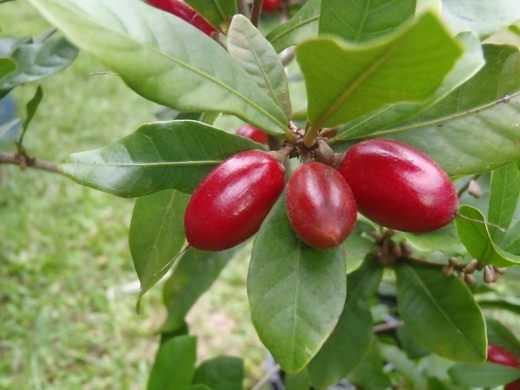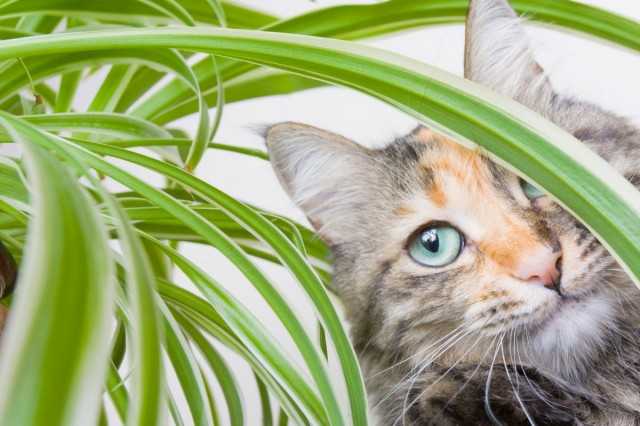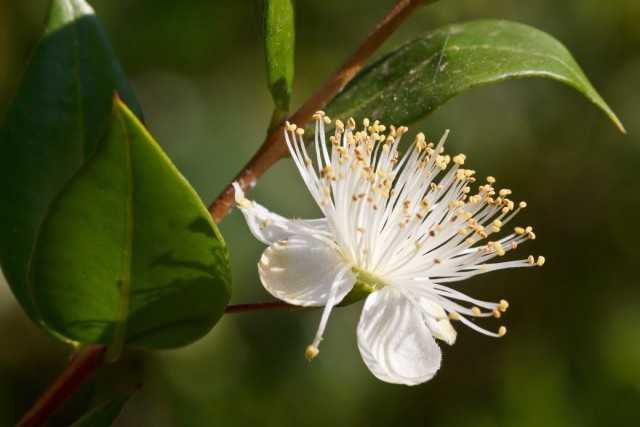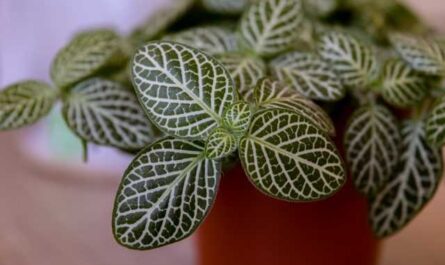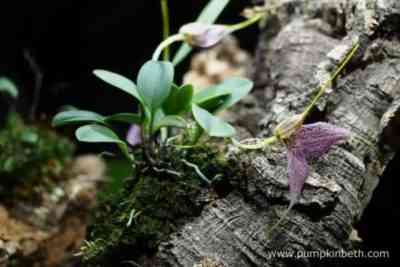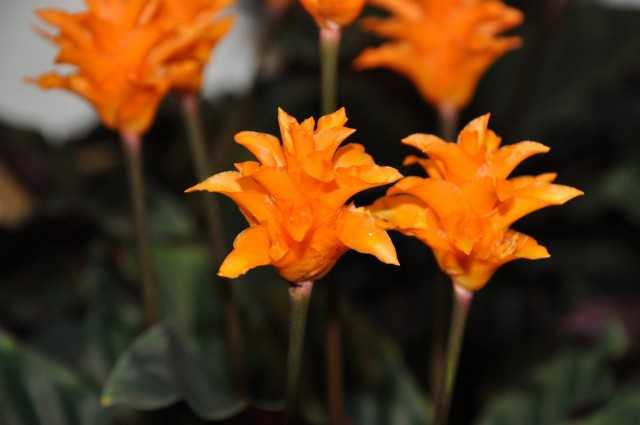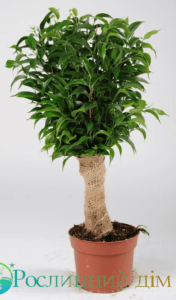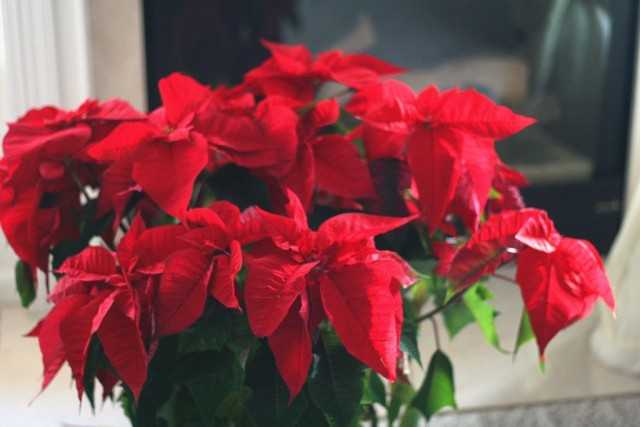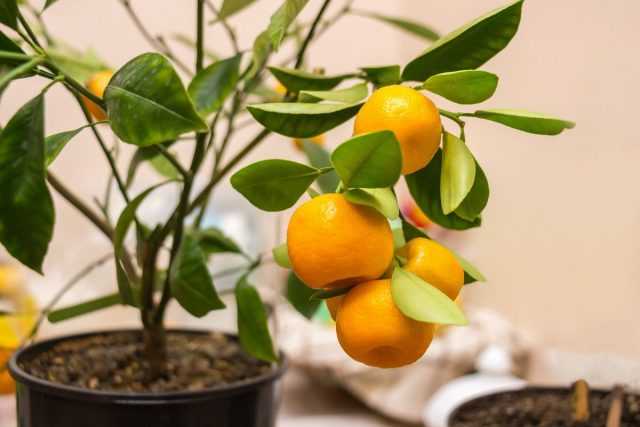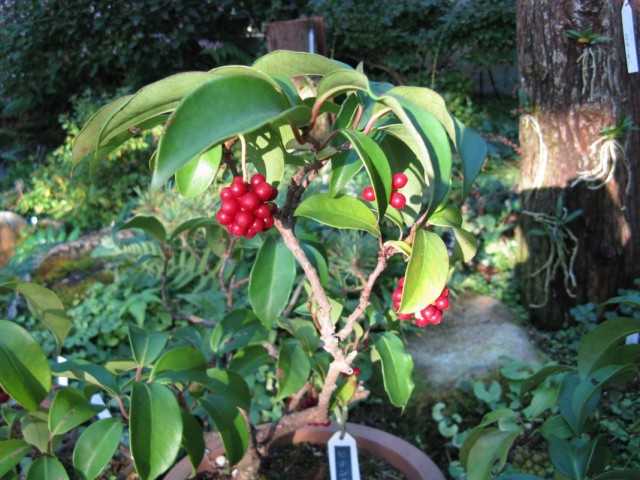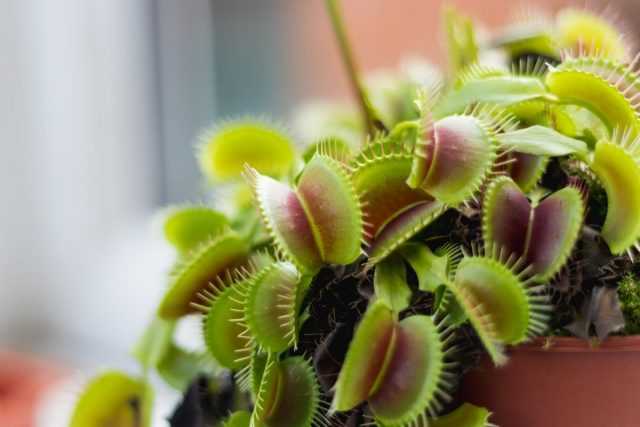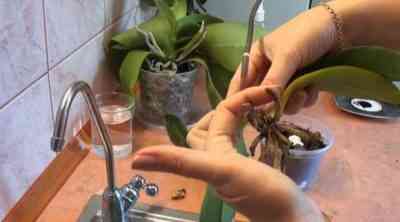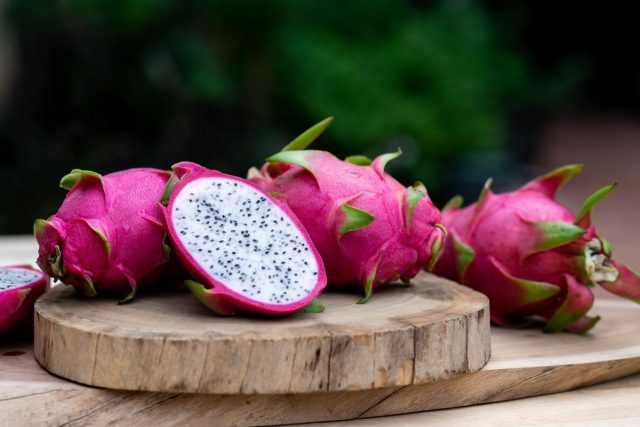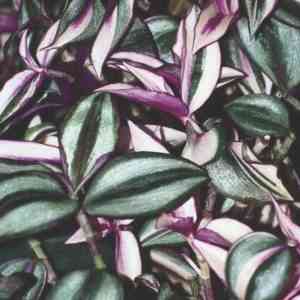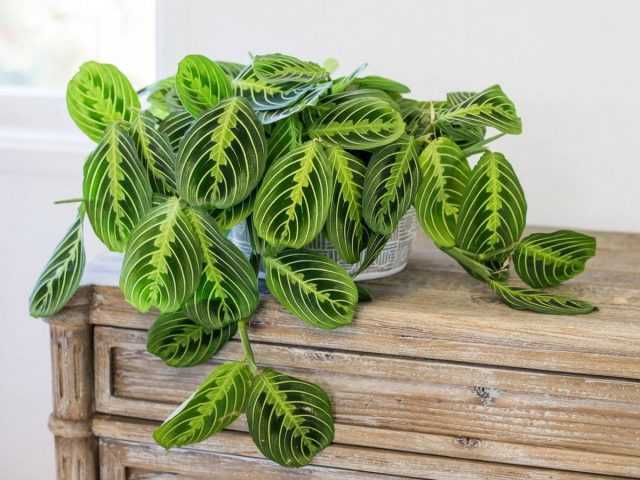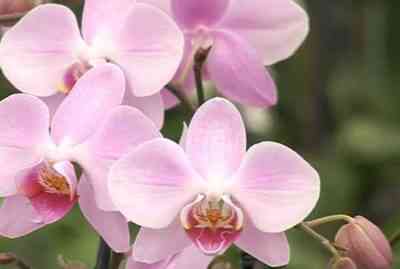Among the many varieties of orchids, there are those that are rarely found in flower shops. Such species include black orchid. Many flower growers are convinced that such a flower does not exist. However, it is, just not as common as other species.
- Is there a black orchid
- Common black orchid species
- Maxillaria schunkeana
- Fredclarkeara After Dark Black Pearl
- Paphiopedilum Pisgah Midnight
- Paphiopedilum de Nachtwacht
- Phalaenopsis Black Butterfly
- Black Prince
- Swan
- Pearl
- Bird
- Midi Harlequin
- Mamba
- Black Trezor
- Rules for caring for a black orchid
- Conclusion <

Description of the Black Orchid
Does a black orchid exist
Some botanists say that there is no black flower among all the plants on the earth, explaining that not one plant has the genetic pigments that make up this shade . But other scientists and flower growers are firmly convinced that there is a black color in nature, but not in its pure form. Some flowers have maroon, dark purple or navy blue, which is close to black.
Black orchids were first discovered in Europe by an American botanist. But there is no evidence for this hypothesis.But thanks to progress in the field of selection, California botanists have managed to create hybrid species and varieties of orchids in which black flowers grow. Such an unusual exotic plant quickly spread throughout the world, and now we can safely say that a black orchid exists.
Common types of black orchid
A black orchid has many species that differ in size, shape of flowers and leaves, as well as smells. In the wild, they mainly grow in the rainforests, savannahs and even on the slopes of the mountains. They prefer a warm and humid climate. Like other types of orchids, they belong to epiphytic plants, as they attach their photosynthetic roots to other plants and get all the nutrients from the air.
Maxillaria schunkeana
This species of black orchid is characterized by short stature and small flowers. According to the description, its maximum height is 30 cm, the diameter of the flowers is on average 2 cm. It has a thin stem and dense fleshy leaves. The flowers of this species are odorless, appear black from afar, but their real color is saturated dark purple. They have four petals, which in open form resemble tulips in shape.
Unlike other species in Maxillaria schunkeana, inflorescences are located at the base of the roots. Peduncles are very short – from 3 to 5 cm, so it seems that the flowers grow from bulbs.
Features of care
For normal life, the plant needs a warm climate and an average level of humidity. It is necessary to constantly monitor the condition of the basal part, since kidneys can be damaged due to improper care. You can not fill the flower, otherwise the roots and buds will rot and rot. It should be grown in small containers.
Fredclarkeara After Dark Black Pearl
This new species appeared as a result of crossing three other orchid species. One of its features is that it grows 4 peduncles. On average, 12 flowers appear on each peduncle, which have a sweet spicy aroma. The diameter of the flowers is about 5 cm, when opened, they also look like tulips.
The leaves of this type of orchid are juicy, fleshy, dark green, wither by winter. After a period of hibernation, a pseudobulb, or false bulb, that is, an aerial tuber, which is a dense sprout and in which all useful substances are collected, appears in the flower. After the appearance of stems and leaves, starting in mid-autumn, inflorescences grow, which stay on the plant for about two months. This variety is characterized by flowering frequency.
Features of care
For good growth, the flower requires a warm climate and bright lighting. It should be watered moderately, after the substrate has completely dried. During the dropping of leaves, the orchid is especially sensitive, therefore it is necessary to fertilize it with special means.Too much fertilizer can harm the plant. Periodically, you need to change the top layer of the cortex in the substrate. The transplant should be carried out at intervals of 4 years.
Paphiopedilum Pisgah Midnight
The main difference between this type of orchid is the darkest shade of flowers, which is closest to black. On the flower petals there are black veins; in sunlight, the petals appear maroon. The place where the lower part of the corolla goes into the limb has a rich crimson color turning into scarlet.
Features of care
This black orchid needs the same care as for most other species. Humidity should be more than 50%. Water the plant should be no more than once a week. Feeding is best done at the same time as watering. The flower should be grown in a transparent pot, the main component in the substrate should be wood bark.
Paphiopedilum de Nachtwacht
The flowers of this species of orchid are maroon, but appear in sunlight brown. Usually one long peduncle grows, on which a maximum of 2 flowers are formed, resembling the shape of shoes. The leaves are medium sized, bright green.
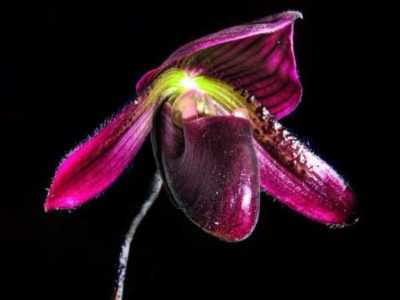
A maximum of two flowers appear on the peduncle
Caring for this flower does not require additional measures.Like other species, it needs proper watering, moistening, top dressing and good lighting. The only peculiarity of care for this variety is the temperature regime: the air temperature should be 20 ℃ (± 2 ℃).
Phalaenopsis Black Butterfly
Black Phalaenopsis got its name due to flower petals similar to moth wings. The flowers are medium in size, have a thick wine tint, almost black. The lip is painted in a small light white speck. The edges of the petals are also pale light. The flowers resemble the Tiger phalaenopsis.
On a long peduncle, all flowers are gathered in clusters. Their hue varies depending on the location: the lower flowers have a darker shade, and the upper ones are lighter. The leaves of the black phalaenopsis are oblong, fleshy, juicy, dark green.
Black Prince
Dark purple flowers with a light core are typical for this species. Their diameter is 7 cm. Depending on the growing conditions, the number of flowers on the peduncle varies. Typically, the Black Prince grows to 45-47 cm, has only one stem. It receives all the substances necessary for life through leaves and roots.
Swan
In phalaenopsis, Swan has dark flowers, but its main difference from other species is narrow petals with uneven the edges. Noticeable obvious similarity of flowers with another type of phalaenopsis – Morning dawn.
This plant is not moody, does not require special care.Watering, top dressing and lighting are carried out according to the same principles as for all orchids.
Pearl
Black pearl is a relatively new species that was recently bred by breeders. Compared with some other types of phalaenopsis, this flower is very large, able to grow. Usually he has 4 peduncles, on which 15 buds are formed.
The flowers themselves are small – about 5 cm in diameter, have a pleasant aroma. In the dissolved form are similar to tulips. Petals of flowers of a deep dark purple color. The leaves of the Pearl are elongated, juicy, dark green, wither during the dormant period.
Bird
This orchid species has only one peduncle, the height of which varies from 25 to 40 see. Its flowers are very different from the flowers of other varieties of black phalaenopsis. They have dense wax petals that are dark blueberry colored. The main feature of this species is a long flowering period.
Midi Harlequin
Phalaenopsis species Midi Harlequin has an unusual color of flowers. They are dark purple, but not monophonic. White stripes and spots of different sizes and shapes appear on flower petals in a chaotic manner. This plant is unpretentious to care and maintenance conditions, and is also resistant to many diseases, pests and sudden changes in temperature and humidity.
Mamba
Black Mamba is able to grow up to 40 cm in height. Dense, large leaves of dark green color are densely collected in the lower part of the stem. This orchid usually produces only one peduncle, on which about 10 buds are formed. The flowers have a dark purple color with a blue tint, the core is white. This species is in many ways similar to another phalaenopsis – Black Lightning.
Black Trezor
There is an orchid species that has burgundy flowers, but still refers to black phalaenopsis. It is called Black Trezor. Wax flower petals of this species are painted in a rich burgundy color, which from afar looks like black. The diameter of the flowers is approximately 6 cm.
Black trezor has no other differences from the listed types of phalaenopsis. He is unpretentious to the conditions of detention. Caring for it is the same as for other species.
Rules for caring for a black orchid
There are a number of rules for caring for a black orchid. Depending on the types and varieties, the features of care sometimes change. However, there is a set of actions regarding the care and creation of conditions for the life of flowers, which is the same for all species and varieties of orchids. Here are the basic rules:
- Black orchids grow well in a warm, bright and well-ventilated area, so you should provide adequate lighting and periodically open the window for ventilation. It is important to prevent drafts, since the plant is sensitive to them.Also, direct sunlight should not be allowed to fall on the flower, in the summer at noon it is better to put it in a shaded place to avoid leaf burns.
- Phalaenopsis should be watered in moderation and only with warm, standing water. In winter, watering is carried out once a week, in summer – 2 or 3 times, depending on the substrate. Water the plant only when the substrate is completely dry. Excess moisture leads to rotting of the roots and leaves.
- The substrate should be light and loose, it is better to use pine bark, vermiculite and sphagnum – peat moss.
- Phalaenopsis should be fed during budding, bring fertilizers are desirable during irrigation. It is better to use special preparations for orchids.
By following these simple rules, you will not only provide your flower with proper care and living conditions, but also prevent the appearance of diseases and pests. A healthy, stress-free phalaenopsis will delight you with its unusual exotic flowers for several times a year for a long time.
Conclusion
Black phalaenopsis has many types and varieties that appeared in the process of hybridization. They have some differences from each other, but also in many respects are similar. Their main similarity lies in the flowers of dark shades, close to black.


